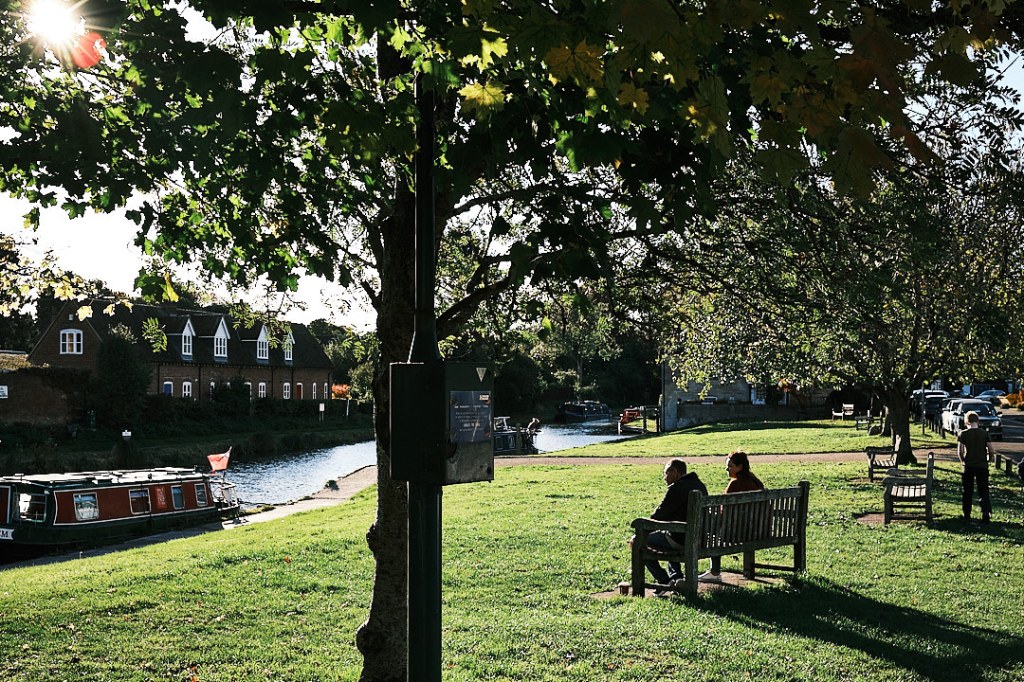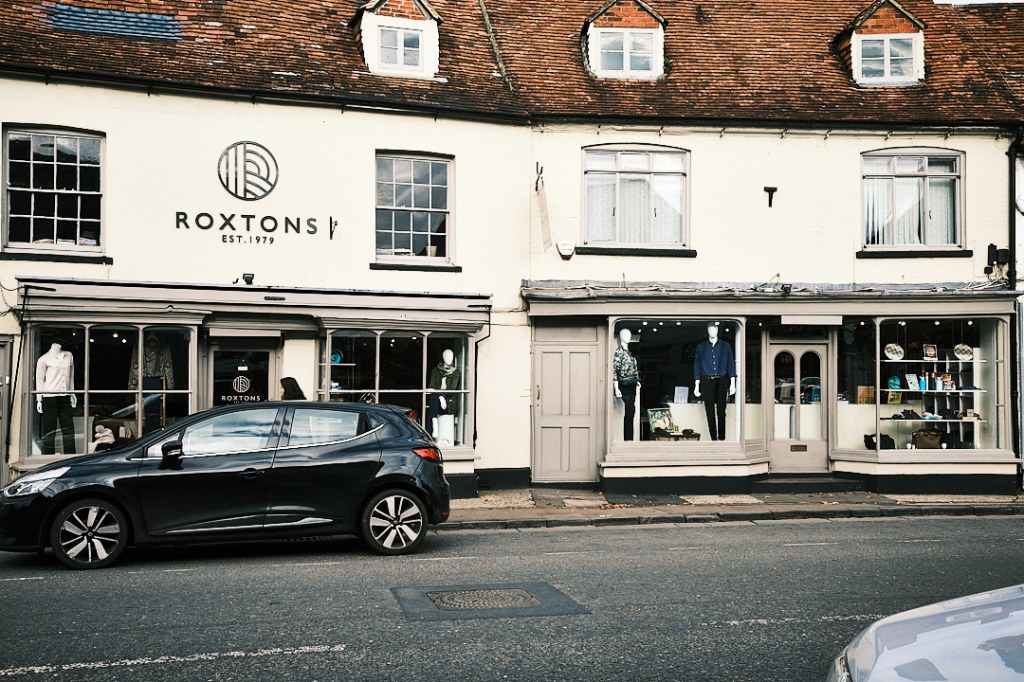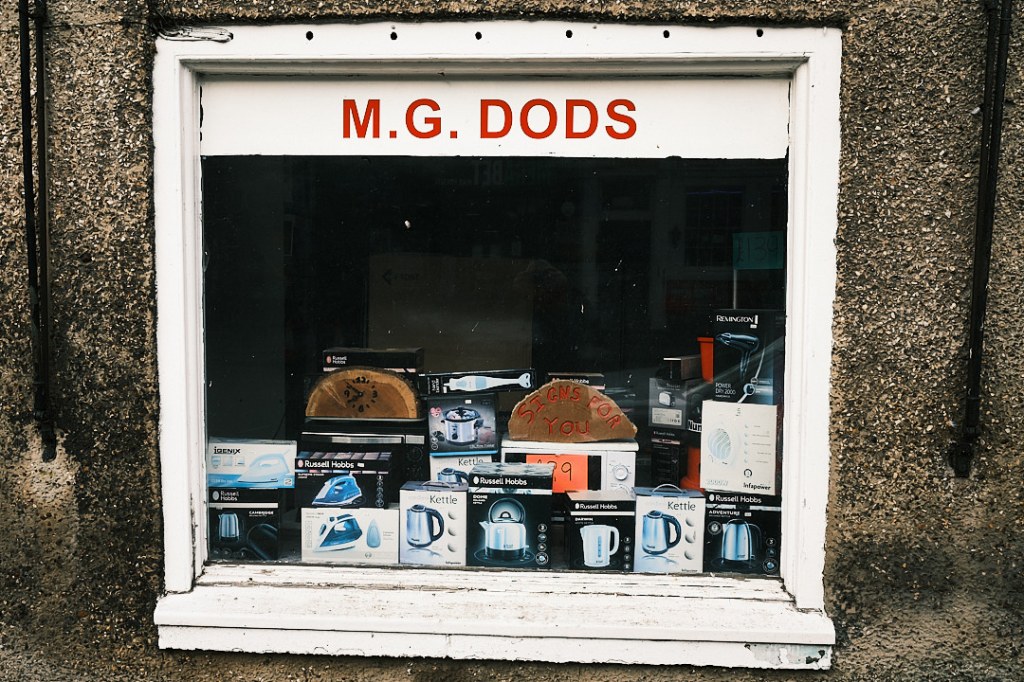Developing the Theme
In the EYV project The Square Mile I created two sequences of work, showing the redevelopment of a nearby town and the effect on the part that was not redeveloped. I was interested in what the pictures had to say about the interaction of the local community, local government and developers.
I decided to carry out a reprieve but with some variations and considering the topics covered in IAP. Firstly, I have selected my hometown rather than repeat the location. In the current climate my hometown provides even more interesting interplay between actors and provides a more interesting socioeconomic story.
I don’t believe the pictures themselves can carry all of the information, so I begin with a description of how I see the current identity of my place and how it is changing. This will act as relay to the images. I will attempt to make the narrative as open as possible.
Body of Work
My place is the medieval market town Hungerford. It is notable for being visited by Elizabeth I, King William III and James II, and for the massacre in 1987. Like many market towns of this age, it is steeped in history and has the potential to carry an identity that is a reminder of glory and wealth.
For a long time, this small town economy has been built on local shops, the antique trade and small industry, as well as many large farming estates. If one were to describe the town within a class structure, one would probably describe it as filled with the affluent middle class along with a fair dollop of upper class. This is reflected in the type of shops.
But it is changing. Its economy is being strangled currently, in two ways. COVID-19 is having its effect of course as everywhere else, though the town has resisted the economic downturn well. But the more insidious and significant decay is caused by greedy landlords, racking rates up to the point of business collapse. The landlords appear to care more about short-term cash, letting buildings decay, though not caring about loss of rate income when businesses close; I haven’t worked out the logic yet. Like Scrooge, they may be at risk of dying without realising the value of the assets.
Reflection
Demonstration of Technical and Visual Skills
(Materials, techniques, observational skills, visual awareness, design and compositional skills)
I have repeated the shoot, since I felt that the compositions were a little careless initially. I think the revised set show more visual awareness.
Quality of Outcome
(Content, application of knowledge, presentation of work in a coherent manner, with discernment)
I think that the series is coherent, but is limited by my equipment (fixed 35mm lens). I would have preferred to stand in the middle of the road.
Demonstration of Creativity
(Imagination, experimentation, invention, personal voice)
I feel that perhaps the images are a little prosaic, but consistent with the type of story.
Context
(Reflection & Research)
The context I have chosen is Shore’s Uncommon Places, not so much for the relevance of journey, but because I am documenting what the buildings say about Hungerford at this time.

I have not chosen to specifically exclude people from the image, but they are not the focus. It is the buildings that carry the message. Of course, each building will attract people of different types, so in a sense buildings are partitioning people into social classes.














